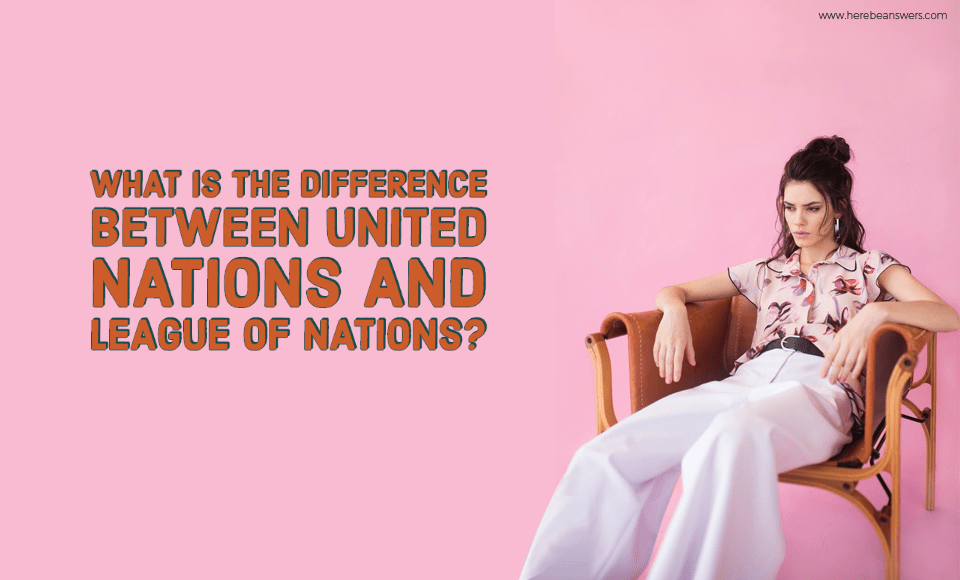The United Nations Organization is the largest intergovernmental organization to promote co-operation between countries and maintain peace. It was formed after the Second World War, which happened due to the inefficiency of another organization. This predecessor of the UN was the League of Nations.
The League of Nations was formed after the conclusion of the First World War. The horrific effects of the war had shocked many people across the world. An anti-war sentiment acquired strength among both people and statesmen alike.
It was in these circumstances that the erstwhile American President Woodrow Wilson put forward the idea of an organization of countries at the Paris Peace Conference, which ended the First World War. The goal of the organization was to foster co-operation between different countries; more importantly, to avoid another war by maintaining international peace.
On 28 June 1919, 44 countries signed the charter of the League of Nations. The official formation was on 10 January 1920. Its headquarters were first in London and then were shifted to Geneva in Switzerland. Finding solutions to the disputes between nations through discussion and promoting disarmament were among the important goals of the League of Nations. The first General Assembly was held on 15 November 1920 at Geneva. The first Secretary-General of the organization was Sir James Eric Drummond.
The organization was composed of three major constitutional wings; General Assembly, Executive Council, and Secretariat. Permanent Court of International Justice and International Labor Organization were also the auxiliaries of the League of Nations.
Even though it was formed to achieve a great goal, the League of Nations was a failure in many aspects. In fact, it saw a setback even in its incipient days.
America, though it was one of the founding nations of the organization, didn’t join the League of Nations. Following the path of the USA, some other nations also avoided joining the organization. Several nations were also unreceptive to the suggestion of reducing their weaponry. Countries like France and Germany completely rejected the idea, citing security reasons. Many major powers later withdrew from the organization.
Contrary to the goals of the League of Nations, many countries rushed to increase their weaponry. The organization was unable to do anything to prevent it. Meanwhile, countries had also started to form military alliances as well. The 1930s saw a lot of military campaigns, eventually leading to another great war. With the beginning of the Second World War, the League of Nations lost its relevance and its failure became absolute. Later, the UN replaced it and the organization was officially dissolved on 20 April 1946. Many LN auxiliaries were inherited by the UN.
For those interested in politics and history, the League of Nations and the eventual journey to the United Nations is a subject of interest.
